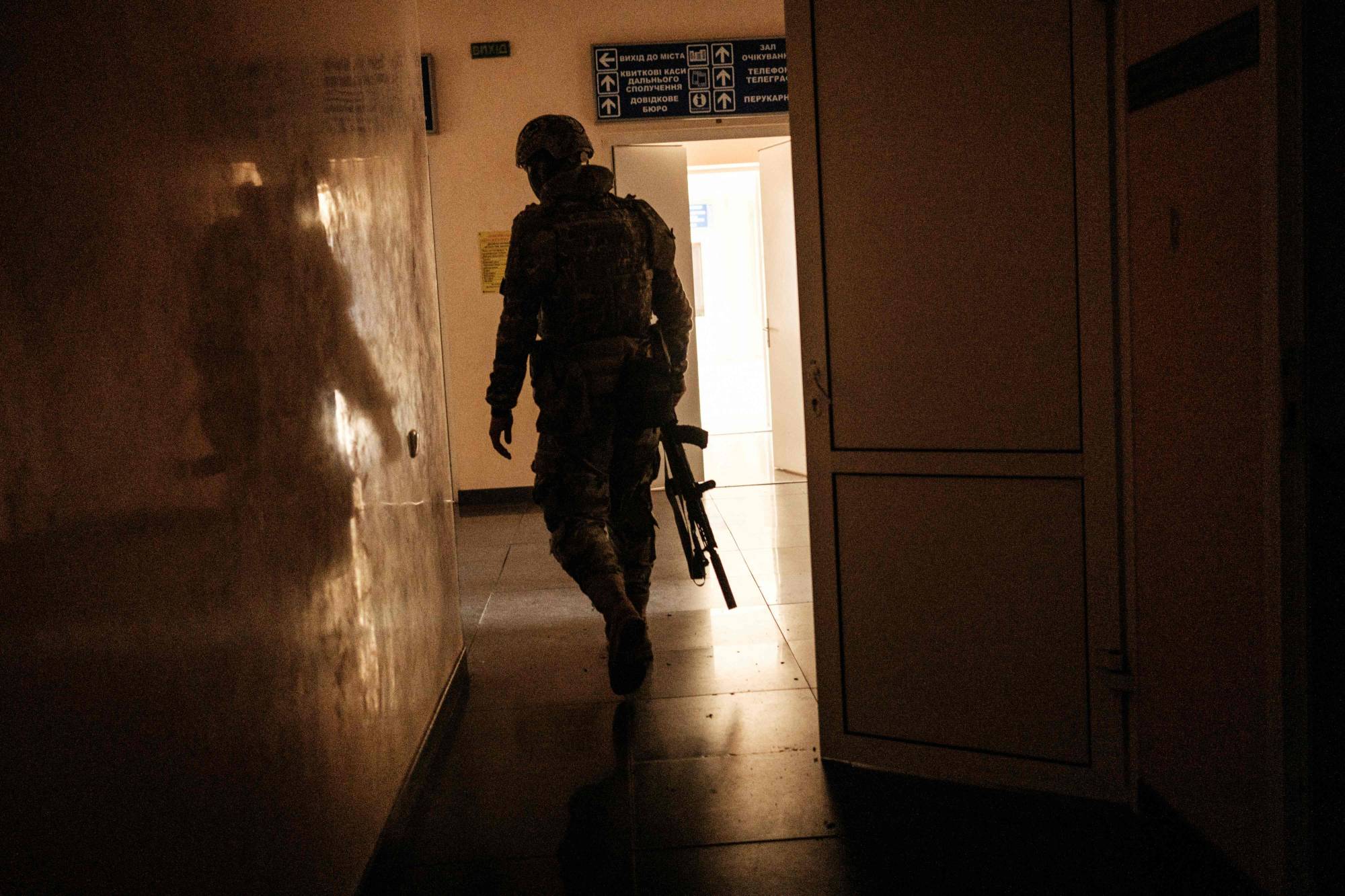When Russian President Vladimir Putin ordered unmarked troops to Ukraine in 2014, first in Crimea and then the eastern borderlands of the Donbas, they were better equipped, trained and organized — and they crushed their opponents.
Eight years on, the roles are reversed. That’s due to a multitude of factors: The modern weapons and training provided to Ukraine by its allies, the vastly better morale of its military, the caliber of its commanders, intelligence and planning aid from the U.S., plus catastrophic tactical errors by the Kremlin and its generals.
One cause, however, stands out: The very different ways in which two armies both with Soviet roots have learned to fight.


















With your current subscription plan you can comment on stories. However, before writing your first comment, please create a display name in the Profile section of your subscriber account page.